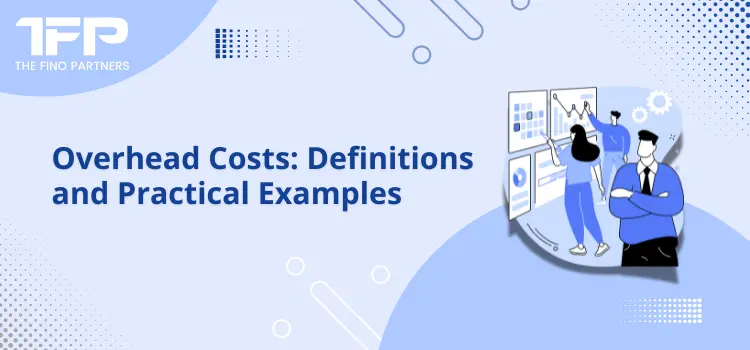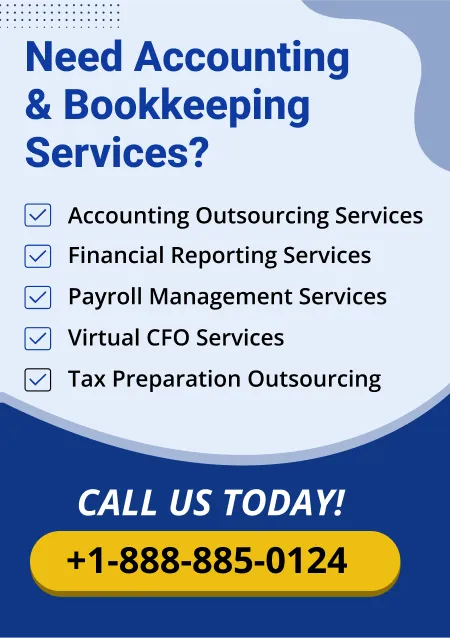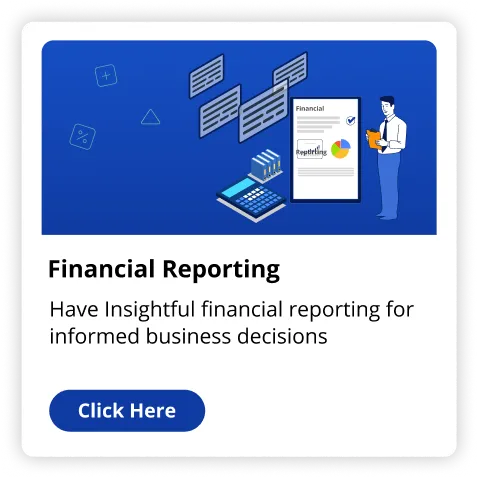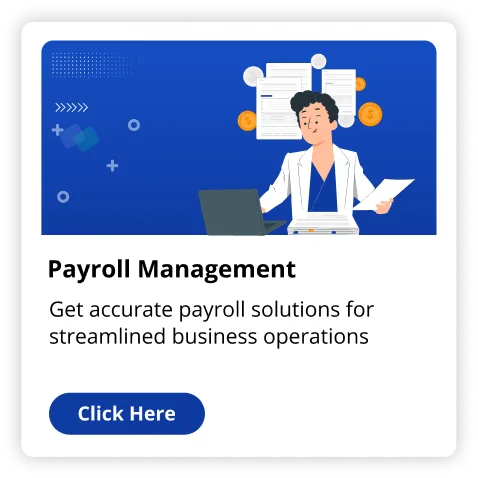For businesses of every kind, overhead costs are a crucial notion which influence everything from pricing tactics to profitability. These expenses are vital to the general running of the business yet they have not been directly linked to the creation of goods or services. Owners of businesses, accountants, and managers need to understand overhead costs since they assist with how to allocate resources and how to streamline operations in order to cut down on unnecessary expenditures. This article will determine overhead costs, look at practical cases, and offer recommendations on how to efficiently handle those expenses.
Playing with basics: Understanding the overhead costs
The ongoing expenses needed for running a business which aren't directly related to providing a specific service or product are referred to as overhead costs, occasionally referred to as indirect costs. These costs don't vary very much based on changes in sales or manufacturing facilities volume. Because they have no direct connection to any specific initiatives or revenue-generating activities, overhead costs can be hard to assign or determine precisely, yet being essential for sustaining a business's structure and everyday operations.
The different models: Types of overhead costs
1. Fixed Expenditure
Expenses referred to as "fixed overhead" are those that stay constant irrespective of sales or manufacturing volume. These costs remain unchanged based on the volume of business activity. Common scenarios comprise of rent, administrative staff pay, insurance, and devaluation of office machinery or equipment. For example, whether a business manufactures 100 or 1,000 units of its product, it remains obligated to pay the same rental for its office space.
2. Costs of Variable Overhead
Variable overhead costs change depending on sales or production levels. Because they are changeable and depend on the amount of activity of the business, they are less foreseeable than fixed overheads. Variable overhead costs encompass various expenses like power bills, supplies for the office, and specific maintenance accusations. For example, a manufacturing facility's electricity bill might rise with increased production due to higher energy consumption.
3. Costs of Semi-Variable
Overhead Mixed overheads, or semi-variable overhead costs, are made up of variable as well as fixed costs. A phone bill is one example, where the base rate is set and rises with the amount of calls made. Another instance would be wages, where employees may receive a base pay that is fixed but incentives or overtime pay that is dependent on the success of the business in question. Examples of Real-World Overhead Costs Let's look at a few examples from the real world to have a better understanding of how overhead expenses function in different sectors.
First Example: Retail Store
Rent for the business location, staff salaries (such as those paid to the store manager) who do not control sales, utilities, and other related costs are all called overhead costs for a shop that sells goods. the store’s lighting and heating. Additional overhead costs might include marketing and advertising expenses, which are critical for driving traffic to the store but are not linked to the actual sale of goods.
In this instance, the rent and power bills—which are regarded as fixed overheads—remain largely the same regardless of if the business sells 10 or 100 things in a given month. Still, more variable overhead may be added to the total expenses during the winter due to periodic increases in heating costs.
Example 2: Businesses engaged in manufacturing sector
The rent for the facility, the pay of support personnel (such as managers or cleaners), and maintenance of the machinery are instances of overhead expenses in the manufacturing sector. Since they are direct costs, the initial supplies used being manufactured do not qualify as overhead. Expenses spent by the business for marketing campaigns that promote its goods are additionally regarded as overhead. Machine repair costs and energy consumption are examples of variable overhead costs that might increase. with increased production. Thus, if the factory doubles its production, electricity consumption might spike, raising its utility bills.
Example 3: Businesses who provide services
Office rent, licences for software, utilities, and salaries for administrative support are instances of overhead costs in a business that provides services, like an accounting company or consulting. Whatever how many clients the firm serves, overhead costs must be covered even when accountants and consultants charge for their time. For instance, a law firm needs to pay for its workplace space, phone costs, and insurance whether it represents five or ten consumers every month. Even though they have no direct impact on the service being provided, these costs must be incurred for keeping the firm operating.
The cost of survival: Why overhead expenses are important
1. The in-depth analysis of profitability
Understanding indirect costs is crucial when assessing the profitability of a business. A business must account for overhead costs when determining the price of its products and services in order to make a profit after paying all of its costs. Under pricing and monetary losses can result from neglecting to take overhead costs into account when establishing prices.
2. Keeping the priorities straight: Forecasting and Budgeting
Accurate financial forecasting and effective budgeting are made feasible for businesses through the monitoring of overhead costs. Businesses can forecast future costs while making sure they have sufficient funds on hand by using before overhead expenses. 3. Expense Management Businesses can find areas where they might be overpaying and take steps to correct it by examining overhead costs. For example, a business may find that upgrading to energy-efficient machinery or renegotiating rental agreements could reduce overhead costs, increasing overall profitability.
Keeping the cost minimal: How to reduce overhead costs
By setting savings measures into location, businesses can lower their overhead costs without compromising their operational efficiency. Among the methods are:
1. Allocating non-essential tasks to outsourced firms
Businesses can save money by contracting specialist businesses to handle tasks like marketing, IT support, and payroll processing rather than recruiting permanent staff for these duties.
2. Customised policies for remote employees
Work Several businesses have adopted remote work practices in order to cut expenditures associated with office space, thanks to advances in technology. Businesses can reduce their office space and conserve money on leasing, energy costs, and maintenance by allowing workers work from home.
3. How can green-energy make it efficient
A major variable overhead cost for numerous businesses is power bills, which can be decreased by putting money into energy-efficient equipment and lighting.
4. Examining Subscriptions and Contracts
Reviewing vendor contracts on a regular basis and removing unused subscriptions helps cut down on overbearing spending. Many businesses find that they are paying for services they no longer use or can find cheaper alternatives.
Conclusion
Although overhead expenses are a natural consequence of operating a business, businesses may manage and minimize these costs actively by being cognizant of their kinds and nature. Whether it's through outsourcing, saving energy measures, or better budgeting, businesses that successfully control overhead costs set themselves up for long-term success. In today's corporate setting, knowing the effect of these costs is vital for sustainable growth, profitability, and competitiveness. Fino Partners can assist your business in assisting to figure out overhead expenses by outsourcing accounting services to our competent team.



























